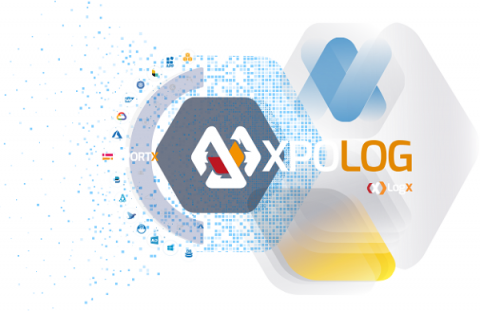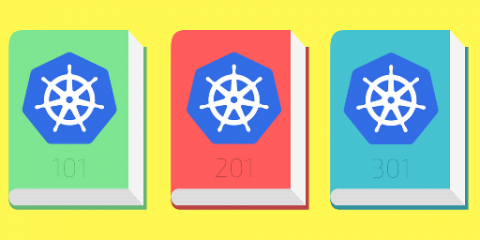Grafana- Everything you need to know
Grafana is an open-source platform for data visualization, monitoring, and analysis. It's designed around providing context-rich visualizations, mainly though graphs but also supports other ways to present data through pluggable panel architecture. Every dashboard is versatile and custom-buildable for specific projects of software development or business requirement. Grafana’s beautiful dashboards are one of the reasons Grafana is so popular with users.









